Welcome back for our coffee chat! I’m so happy to be taking this morning break with you. Without further ado, let’s stir up some magic in the lab! Today we’re diving into the invisible forces that make or break your cosmetic formulations
You’ve selected high-performance actives. Your product texture is dreamy. The scent is on point. And yet… your cream starts to separate after 3 weeks. Or a preservative challenge test fails. Or your pH slowly drifts and triggers skin irritation.
These aren’t just lab mishaps. They’re signs that your formula is missing its chemical backbone. This is what happens when you ignore the “invisible pillars” of formulation.
Chelation, preservation, and pH control may not be flashy, but they are foundational. Without them, your formula isn’t modern. It’s unstable.
Welcome to the behind-the-scenes world of chelation, preservation, and pH control, three “silent superheroes” that every skincare product needs, yet so many beginners overlook. And the truth is, even advanced formulators sometimes underestimate them.
So whether you’re whipping up serums in your home lab or scaling your line for market, this guide is your go-to on how to future-proof your formulas from instability, spoilage, and failure.
The Not-So-Glamorous (But Completely Essential) Trio
Think of chelation, preservation, and pH control as the formulation equivalent of good hygiene, healthy boundaries, and immune support. Not flashy. Not visible. But absolutely vital.
They don’t show up in your marketing. They don’t wow customers in unboxing videos. But behind every stable, compliant, high-performance product? You’ll find all three doing the heavy lifting.
They’re your frenemies: invisible, temperamental, and finicky—but without them, your formulation’s performance, safety, and shelf life are always at risk.
Let’s take a closer look at these silent superheroes.
1. Chelation: Your First Line of Defence Against Oxidation & Instability
Chelators bind metal ions that sneak into your formula through raw materials (clays, plant extracts or even butters), water (even distilled water can contain trace metals), packaging (e.g. aluminium caps or tubes). These trace metals can catalyse oxidation, preservative breakdown, colour changes & pH drift.
Chelating agents like sodium phytate, tetrasodium glutamate diacetate (GLDA), and EDTA work by binding to these metal ions before they cause damage—especially in complex formulations.
Sodium phytate is a standout in natural formulations, while GLDA offers strong performance with its biodegradable status. EDTA is also highly effective, though not really compatible with clean beauty standards. The usual usage rate for chelators is 0.05-0.2%.
But a word of caution: not all formulations play nicely with chelators. Avoid using them in water-in-oil emulsions, polymer-rich systems, and with certain cationic surfactants or magnesium salts.
2. Preservation: Your Microbial Bodyguard
Let’s be blunt—preservation is non-negotiable. If there’s water & air, there’s a risk of microbial growth. And no matter how clean your lab is, your emulsified facial cream or aloe toner is a buffet for bacteria without the right preservative system.
But here’s the twist: not all preservatives are created equal. And not all of them work in every formula.
Preservation systems need to be broad-spectrum, effective across your product’s pH range, compatible with your other ingredients, and safe for the end user. They also need to meet global regulations (especially if you’re selling in the EU, UK, US, or Canada).
This is where many natural brands fall short, opting for “clean” preservatives without ensuring real-world efficacy. Spoiled products can cause serious harm, from skin infections to allergic reactions.
Effective Preservation = 3 Key Functions:
- Kill bacteria, yeast, and mould
- Prevent regrowth after opening
- Work throughout shelf life + under varying conditions
That’s why microbial challenge testing (also known as PET testing) is essential. You need to prove your formula can resist contamination—especially after opening, during shipping, or when exposed to fluctuating temperatures.
The best preservative system for your formula depends on your ingredients, pH, and target region. Some natural-compatible options include Geogard ECT, Dermosoft 1388 ECO, and blends like potassium sorbate & sodium benzoate. For hybrid or conventional lines, phenoxyethanol + ethylhexylglycerin remains a trusted go-to.
No matter your choice, make sure your system works—not just in theory, but in practice. And always follow both usage rates & dermal limits!
3. pH Control: The Key to Skin Safety and Formula Stability
Your skin’s pH isn’t arbitrary—and neither should your product’s be.
Most of the skin’s natural microbiome thrives around a slightly acidic pH of 4.5 to 5.5 (a bit lower for hair care and around neutral pH for eye, mouth and baby care).
When pH is ignored, you run the risk of irritating the skin, degrading actives, and destabilising emulsions or preservative systems.
Yet this is one of the most overlooked steps in beginner formulation. It’s not enough to create a stable emulsion—you need to measure your pH and adjust if needed. pH influences everything from skin comfort to microbial resistance to ingredient synergy. It’s not just about adjusting the pH of your overall formulation to the ideal pH range of the targeted body part. It’s about making all the required pH ranges work together: individual ingredients, preservative systems, body parts, etc.
Adjusting pH is a simple but crucial science. Use citric acid or lactic acid to lower it, and sodium hydroxide or l-arginine to raise it. Always retest after adjustments and again 48 hours later to confirm it remains stable.
And remember: your pH target isn’t universal. It depends on the product type. Facial skincare should hover between 4.5 and 5.5. Hair products and mouth care need different benchmarks. The goal is skin harmony and regulatory compliance.
Invisible but Invaluable: These Are Your Formula’s True Foundations
Chelation, preservation, and pH balance are the foundations of a formula that’s safe, stable, and sensorially elegant. They ensure that your luxurious actives and dreamy textures stand the test of time—and regulation.
Ignoring them means risking microbial contamination, product recalls, consumer skin reactions, or an unstable product that separates, discolours, or turns acidic.
Designing with these pillars in mind doesn’t just make you a better formulator, it makes you a more professional one. And that translates into stronger safety dossiers, better CPSR reviews, and increased consumer confidence.
In fact, these are the very skills we dive into in our e-book Cosmetic Formulation 101, where you’ll learn how to write regulatory-ready formulas from scratch, how to build your own preservation system, and how to structure your formulations with testing in mind.
This was it for me today! If you’re serious about building skincare products that are as safe as they are stunning, it’s time to move beyond just textures and actives.
I invite you to check out our e-book: Cosmetic Formulation 101 – Understanding & Writing Effective Cosmetic Formulas. This e-book includes:
● Formula structure and function
● How to build your preservation system
● How to control pH + chelation
● How to write formulas with regulatory and testing in mind
● Formula worksheet template
👉 Download it here and level up your formulation skills today.
Here’s to formulas that work and brands that thrive.
From My Lab to Yours,
Morgane
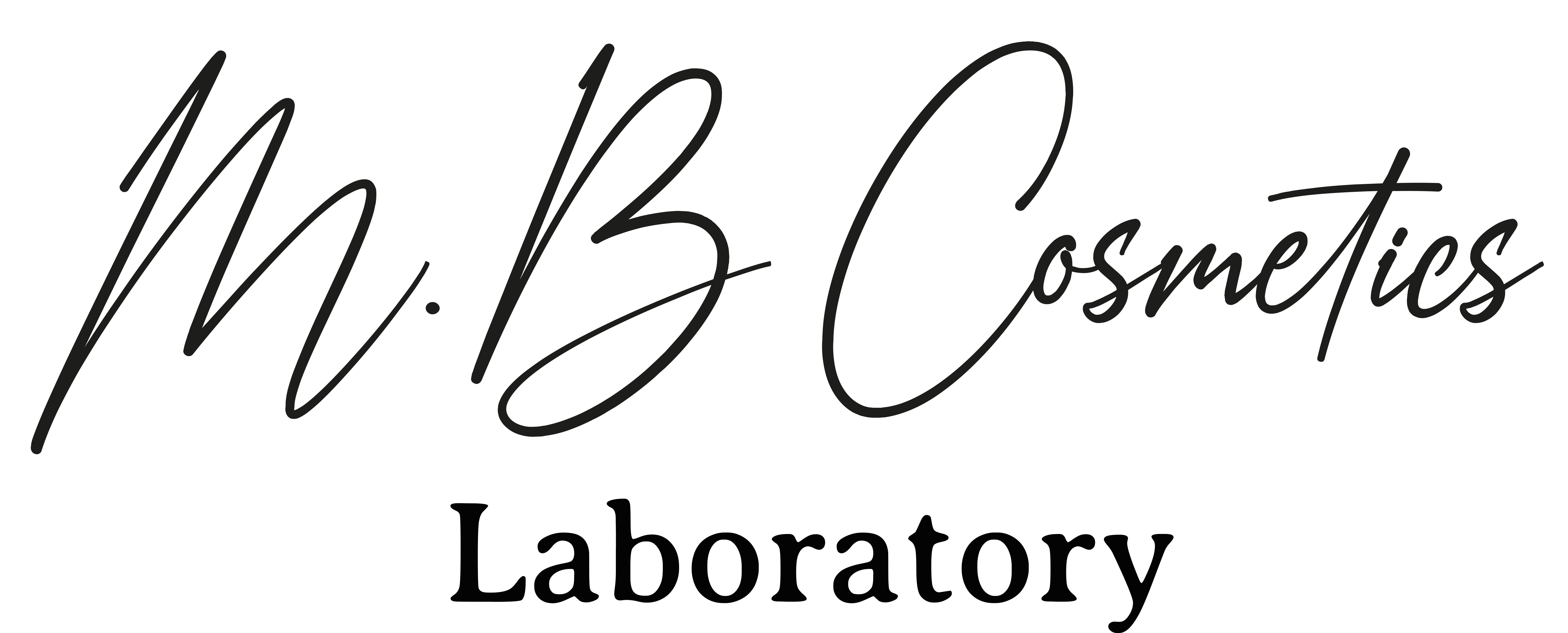
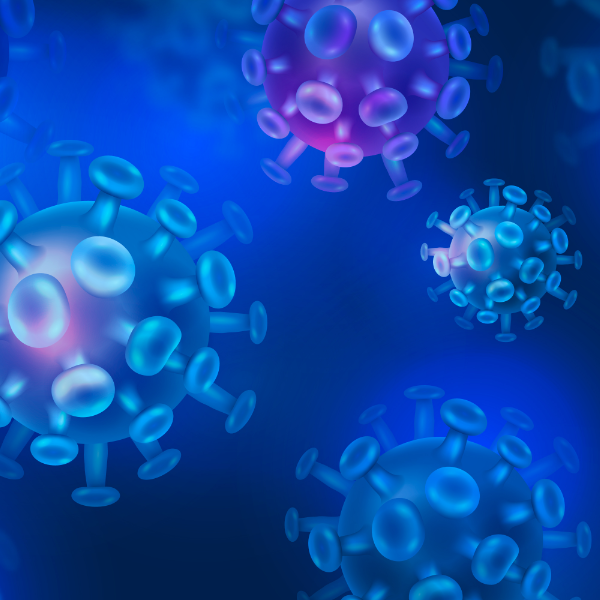

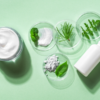

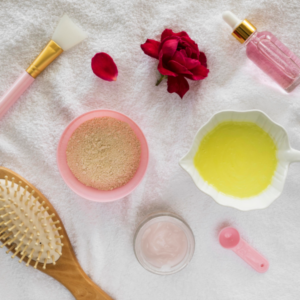
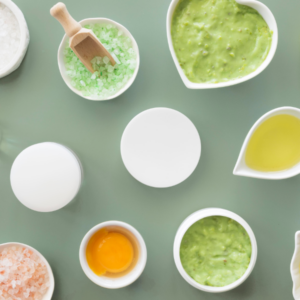
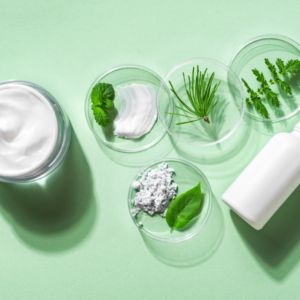
Add comment